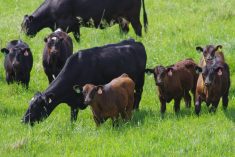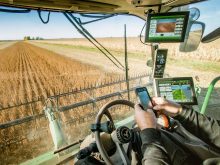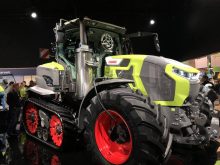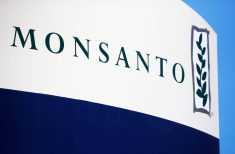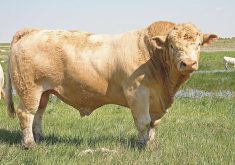“Society dictates the legal minimums, but they also dictate the market side of animal welfare and euthanasia plays a role in that.”
JEFF HILL
ALBERTA AGRICULTURE
Euthanasia is not a pleasant part of animal production, but there comes a time when livestock producers or handlers must terminate an animal’s life.
Alberta Agriculture animal welfare specialist Jeff Hill says the process has been put under close evaluation in recent years as societal ethics are influencing euthanasia and how the process is viewed.
Read Also

Grazing ‘sweet spot’ boosts pasture performance
Timing-focused approach to pasture management touted to boost forage growth, livestock gains while also cutting farmer labour and inputs
“Society dictates the legal minimums, but they also dictate the market side of animal welfare and euthanasia plays a role in that,” he told the Alberta Farm Animal Care annual meeting here earlier this spring.
Hill said livestock producers committed to the welfare and care of animals and should understand how euthanasia affects themselves and their employees. Each individual will be affected differently, depending on socio-demographic factors such as gender, ethnicity and religion.
Industry programs also have an impact on euthanasia as producers have committed themselves to certain standards and industry practices through certification programs.
Hill said euthanasia should not be seen as a bad management practice or a personal or professional failure. The practice is a necessary tool that alleviates the suffering of an animal while protecting the health and welfare of a herd if an animal is diseased. Euthanasia can also ensure the viability of an operation and allows producers to act in accordance with the law if they are involved in the case of a foreign animal disease which requires the destruction of livestock.
Euthanasia should be considered in cases of severe injury or when animals are non-ambulatory and unable to recover. Animals that do not improve following intensive care or who are showing high levels of pain and suffering may also need to be euthanized. It may also be necessary when animals cannot access food and water or are contagious and a risk to herd health.
Other cases where euthanasia might be necessary include cases where livestock are at high risk for condemnation at processing facilities, or incidents involving animals not in accordance for drug withdrawal times before processing.
Plan ahead
Hill said producers should develop active euthanasia plans which help them decide when, why and how they will euthanize. “You should understand the method that you choose for euthanasia, especially if you have employees because you need to be able to communicate with them,” said Hill.
There are three different modes of euthanasia. One method directly depresses the nervous system. Another method causes death due to lack of oxygen due to exposure to high gas levels such as carbon dioxide, or rapid blood loss. The third method is disruption of brain activities which usually occurs due to gunshot to the brain.
One factor to consider is the time it takes for the animal to lose consciousness and the time it takes for death to occur. Hill said costs, practicality and aesthetics should also be considered when choosing a method, and human safety should always be a priority.
The European Food Safety Authority has outlined that euthanasia should induce unconsciousness and death either consequentially or simultaneously in a rapid fashion. Death should occur with a one-step method, and should not require a secondary step.
Traditional methods for euthanasia include firearms, anaesthetic overdose from veterinarians and penetrative captive bolt stunners that need to be followed by a secondary kill step. Other methods include gassing or uncontrolled electrocution, manual blunt force trauma, and cervical dislocation.
Changing standards
Acceptable methods for euthanasia are changing rapidly due to research and new technological developments. Manual blunt force trauma is quickly falling out of favour as a result of the reaction of the general public. Controlled blunt force trauma is a new development which provides exact force to an animal’s head, causing massive damage and brain stem separation without penetrating the skull. These are commonly used with poultry and neo-natal pigs.
New captive bolts systems which require no secondary kill step have also been developed. These penetrating captive-bolt systems are designed specifically for on-farm euthanasia, unlike prior captive-bolt systems which were designed primarily for stunning in processing facilities. These new captive-bolt systems have four unit heads and five different cartridges which can be combined to accommodate any animal from poultry to large bulls.
Controlled gas systems use electronics to control gas flows, ensuring that producers euthanizing animals have proper concentrations of gases to terminate the lives of animals. Controlled electrolocutions have also been tested.
Due to the body of research, a number of the more commonly used euthanization methods have been delisted or not recommended by a number of veter inary organizat ions. Among these procedures is bleeding without a stunning procedure.
Gunshots to the heart and neck, uncontrolled electrocution and manual blunt force trauma and carbon monoxide poisoning have all been delisted by certain organizations.



